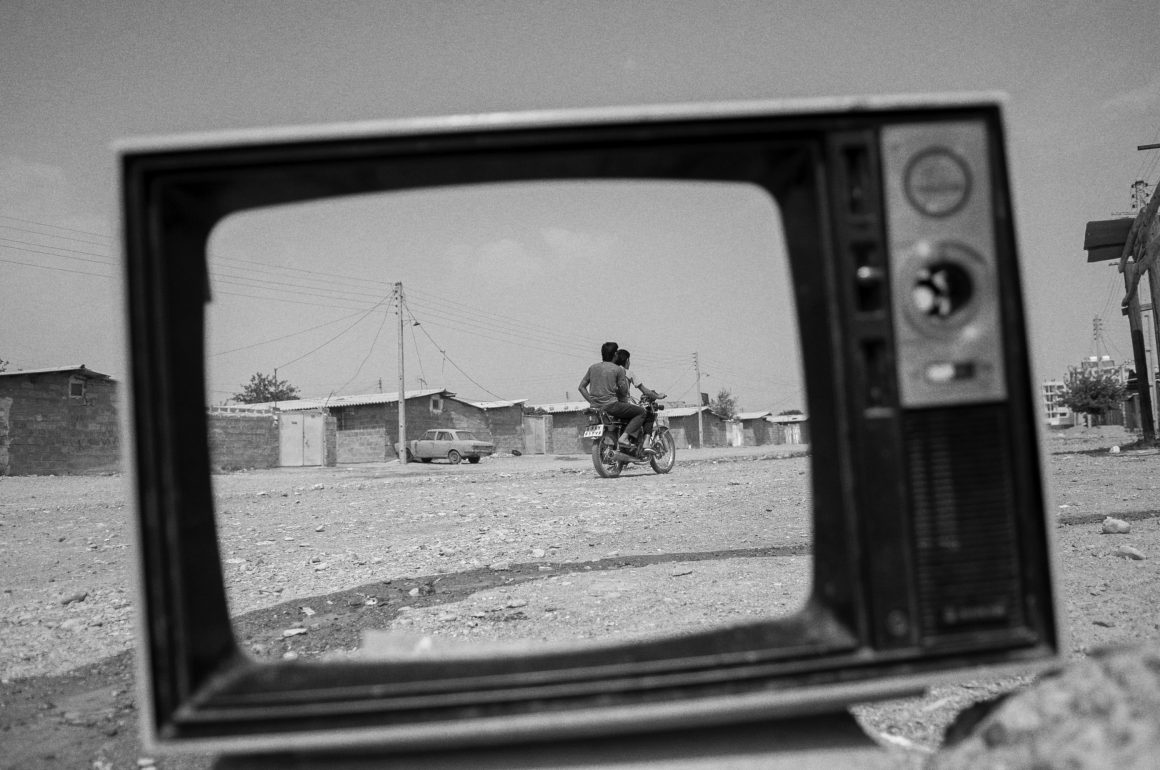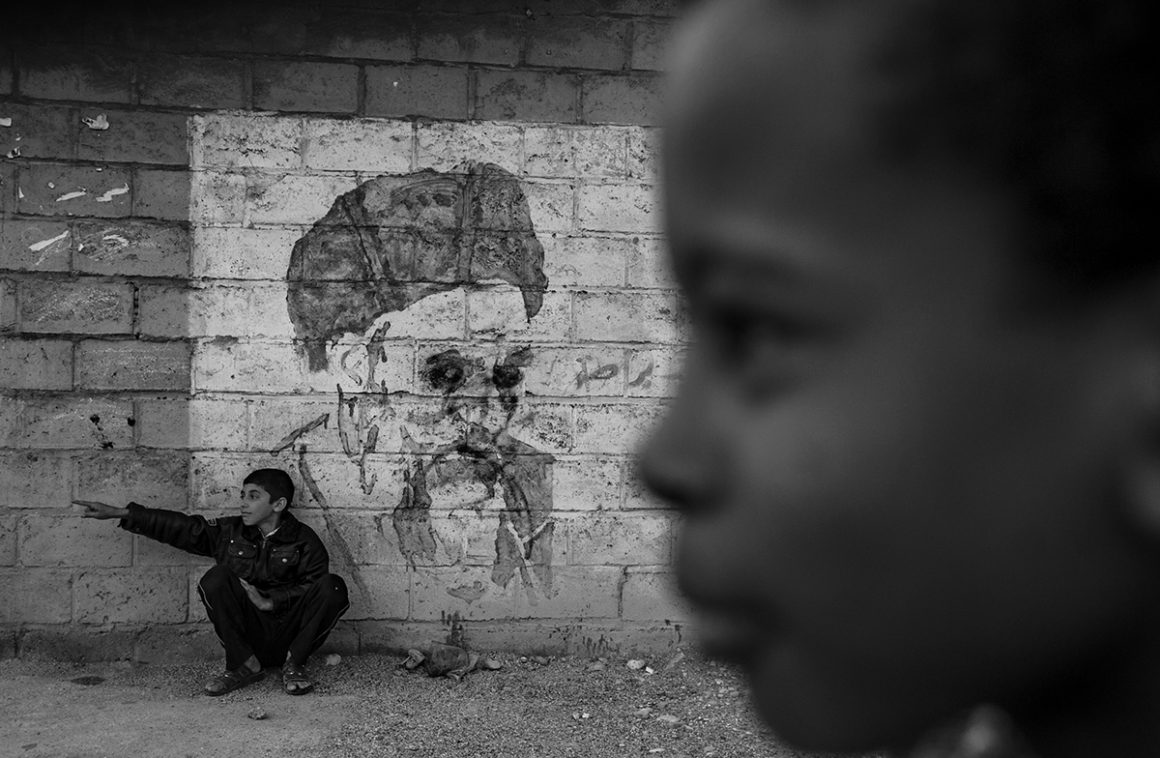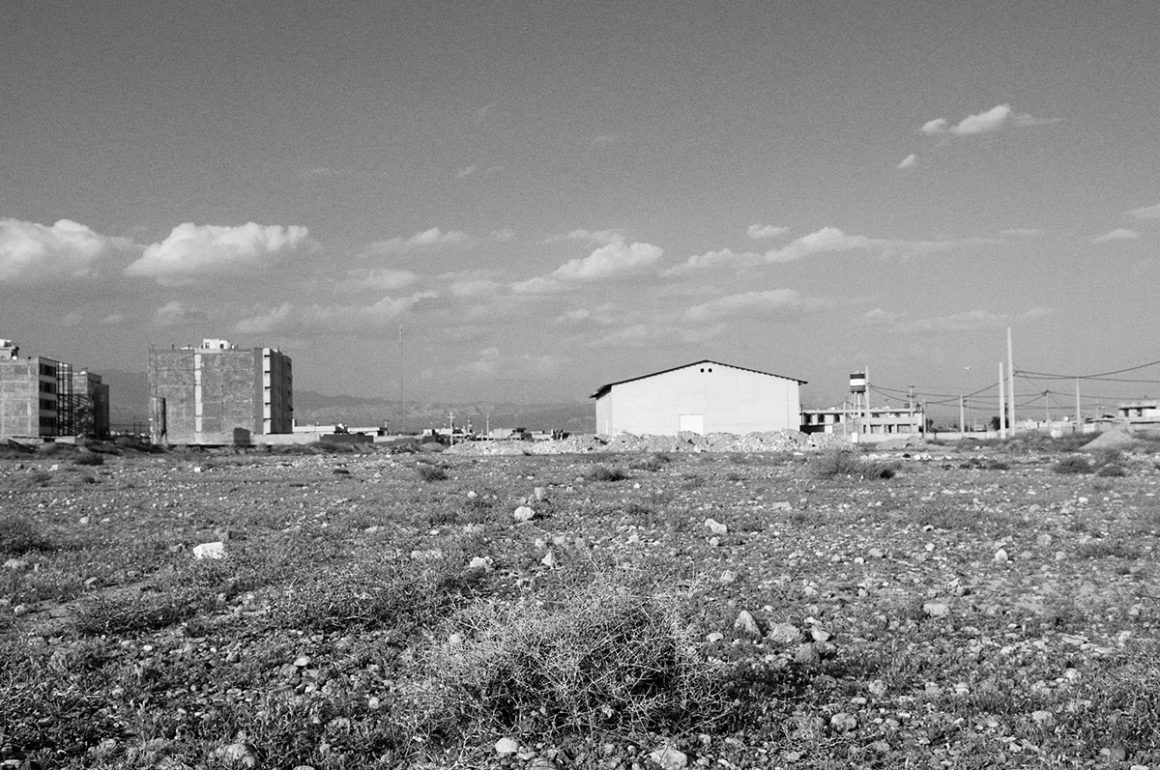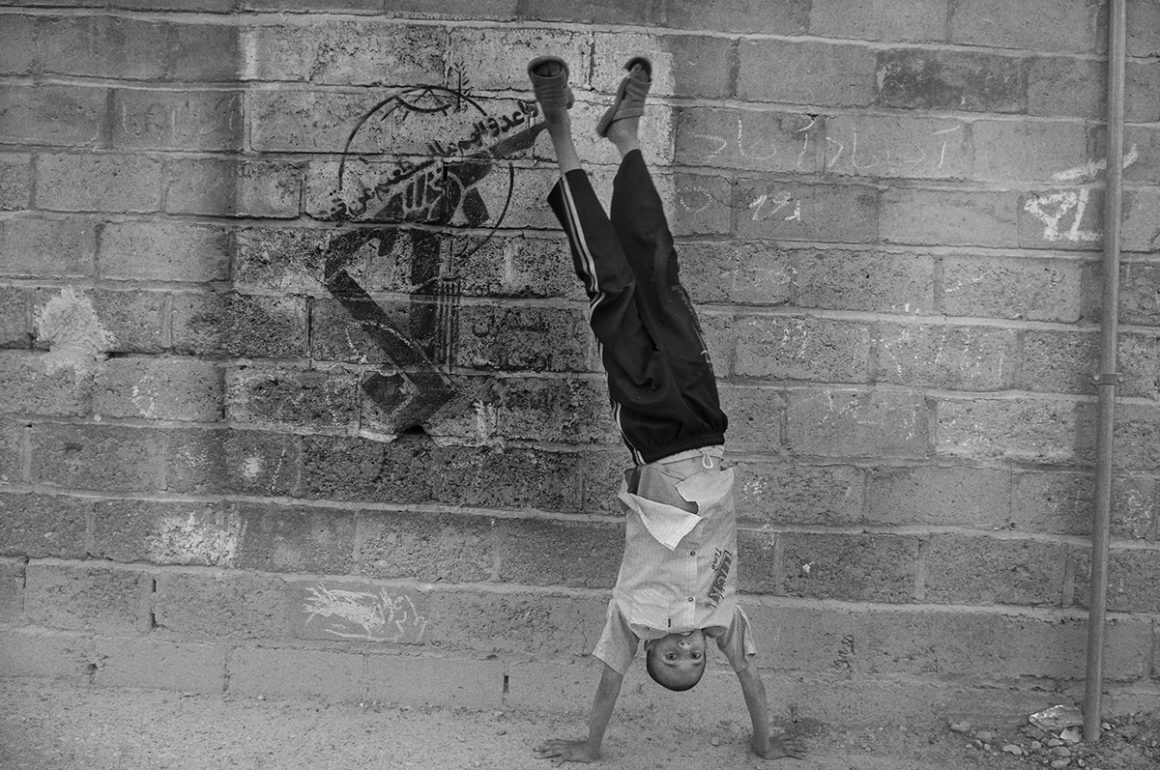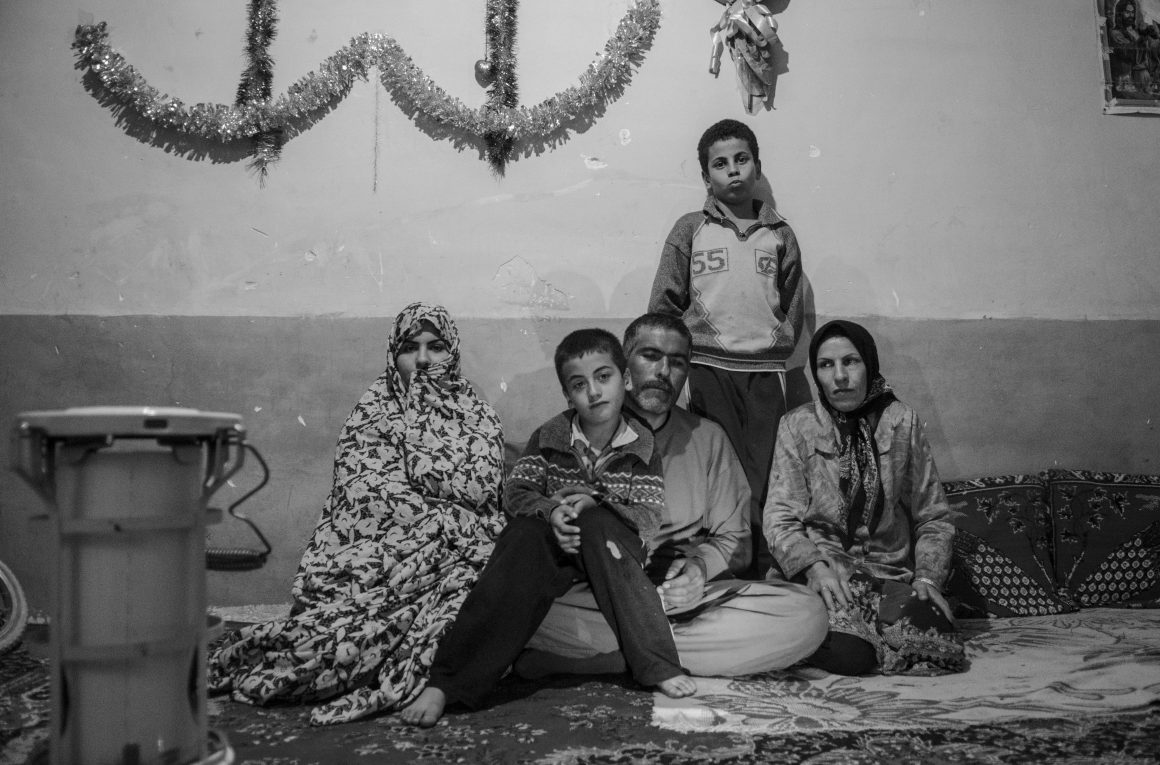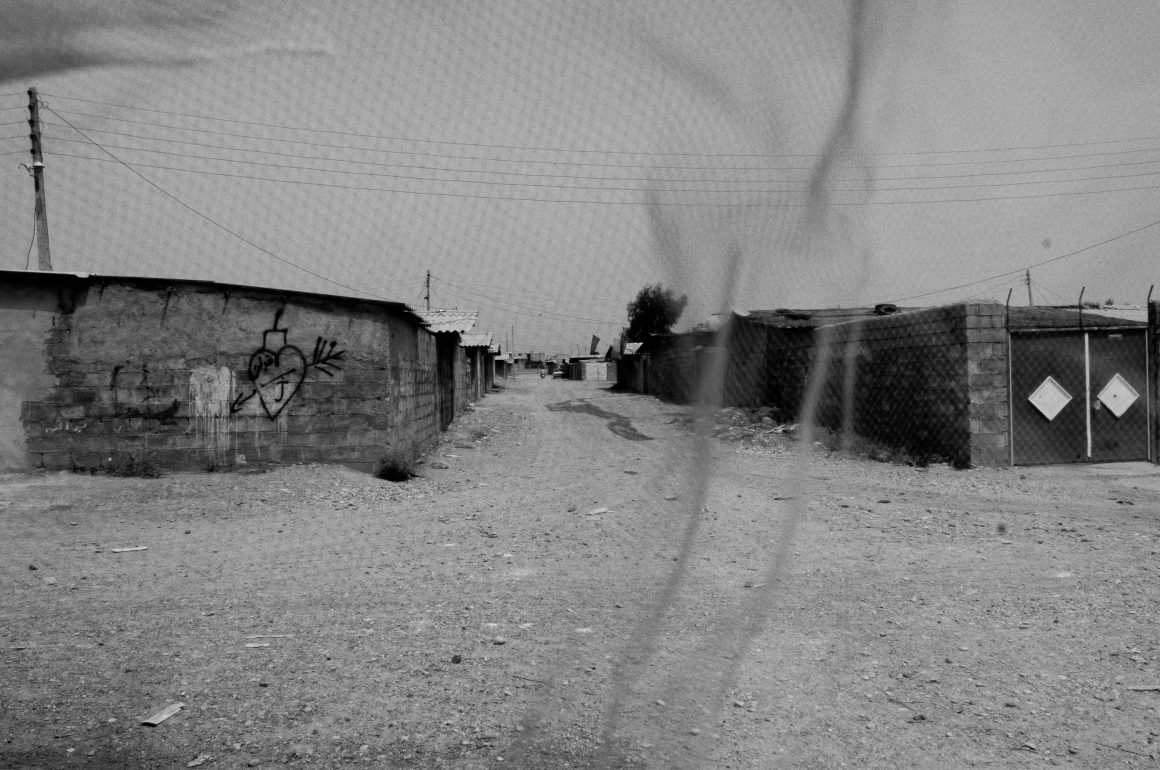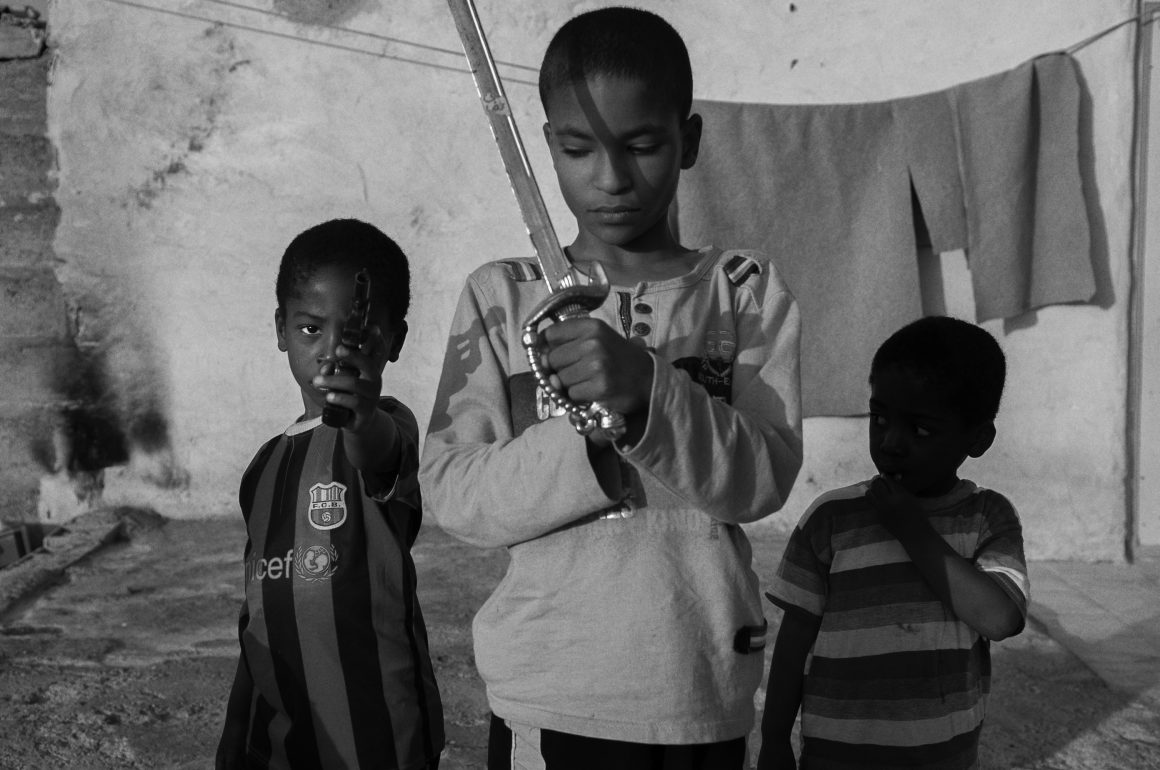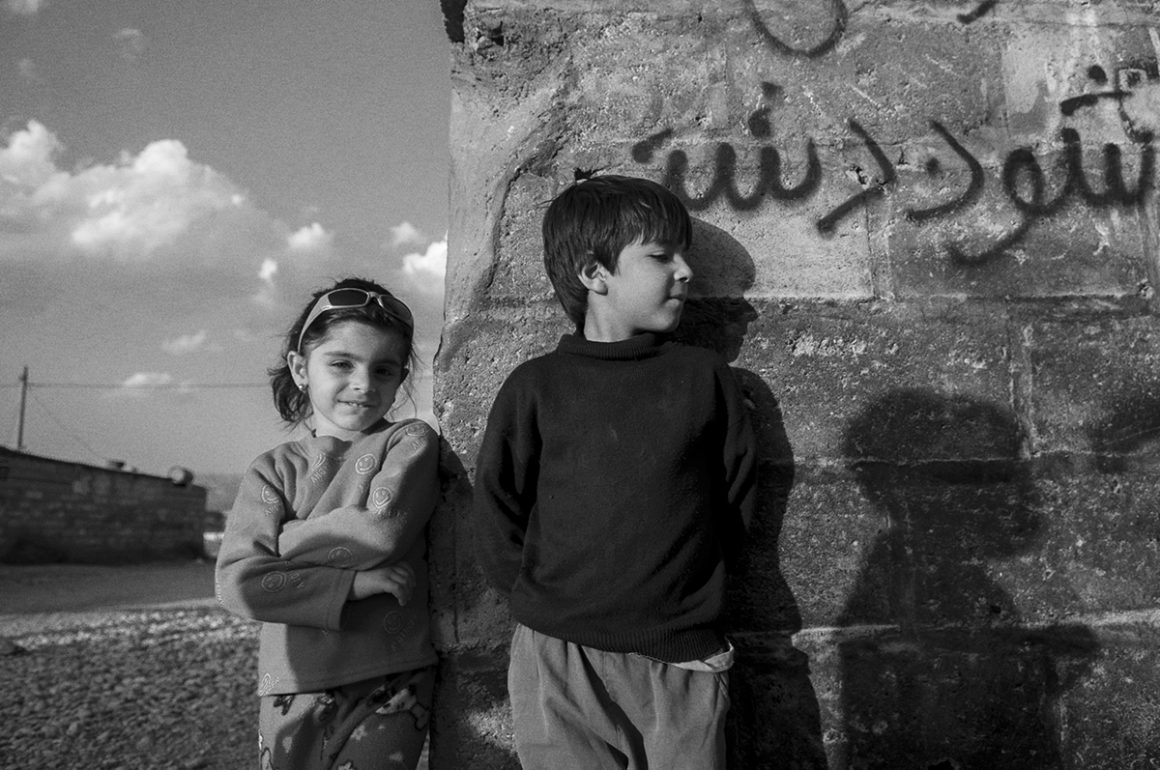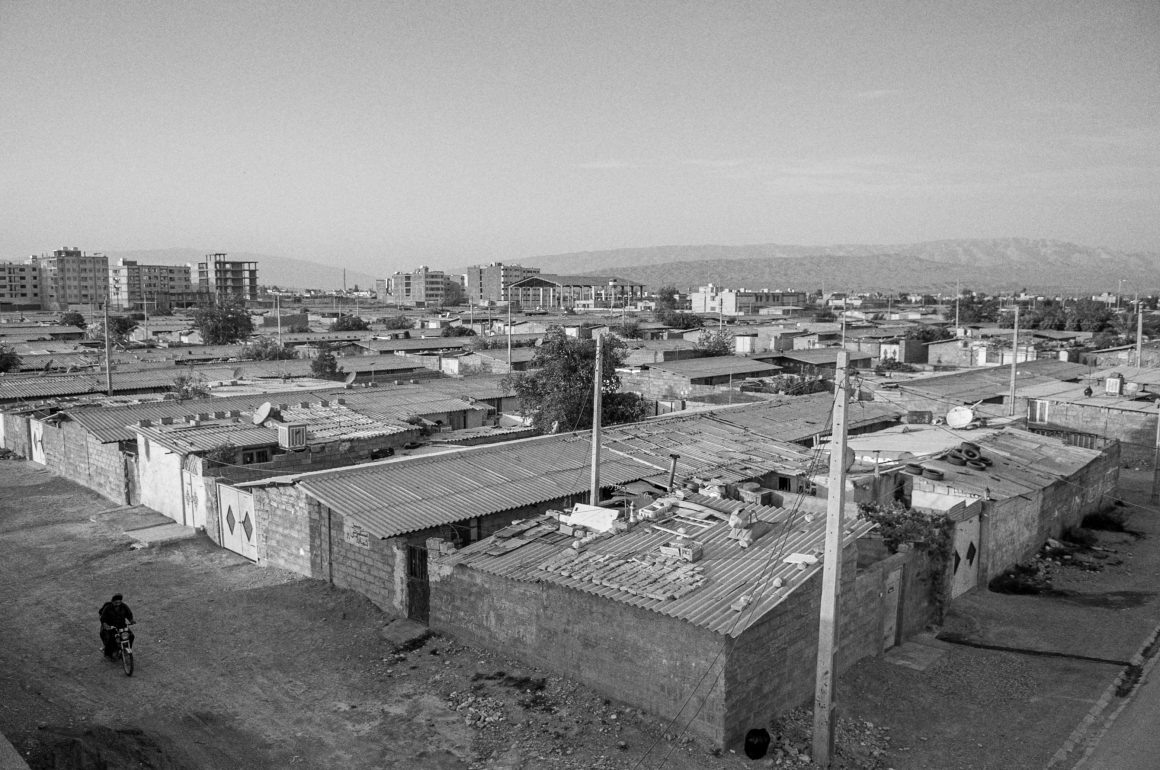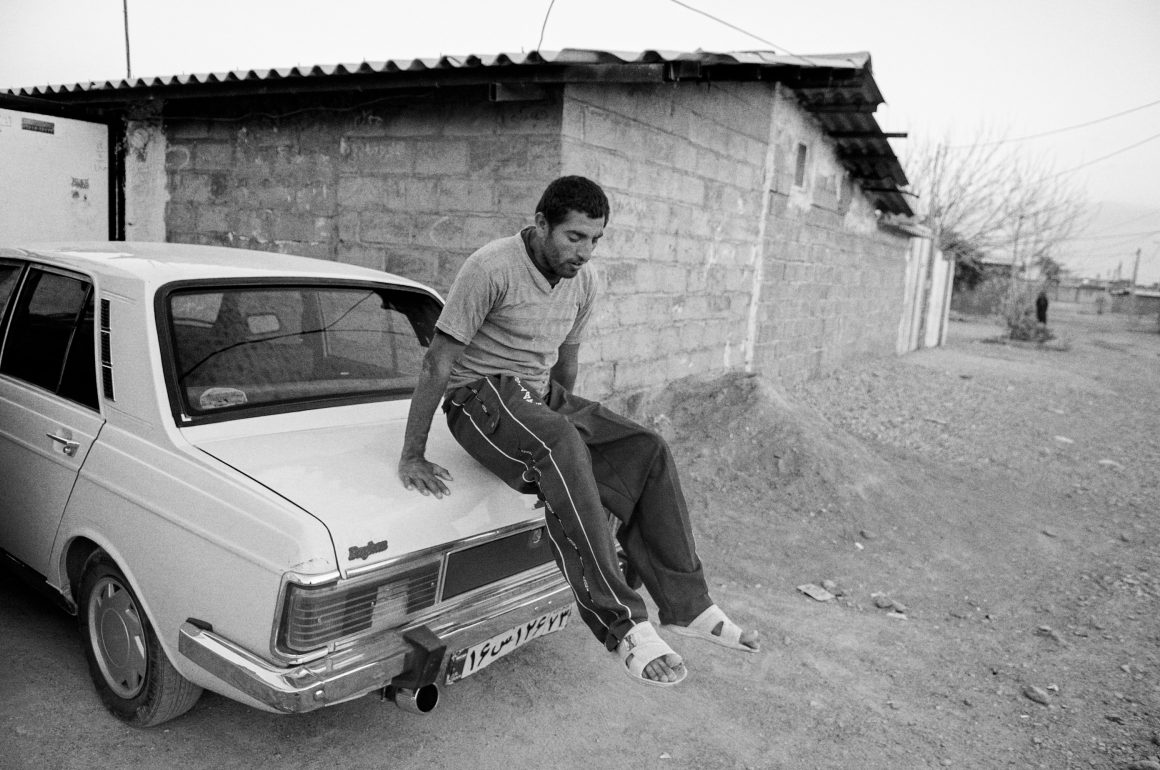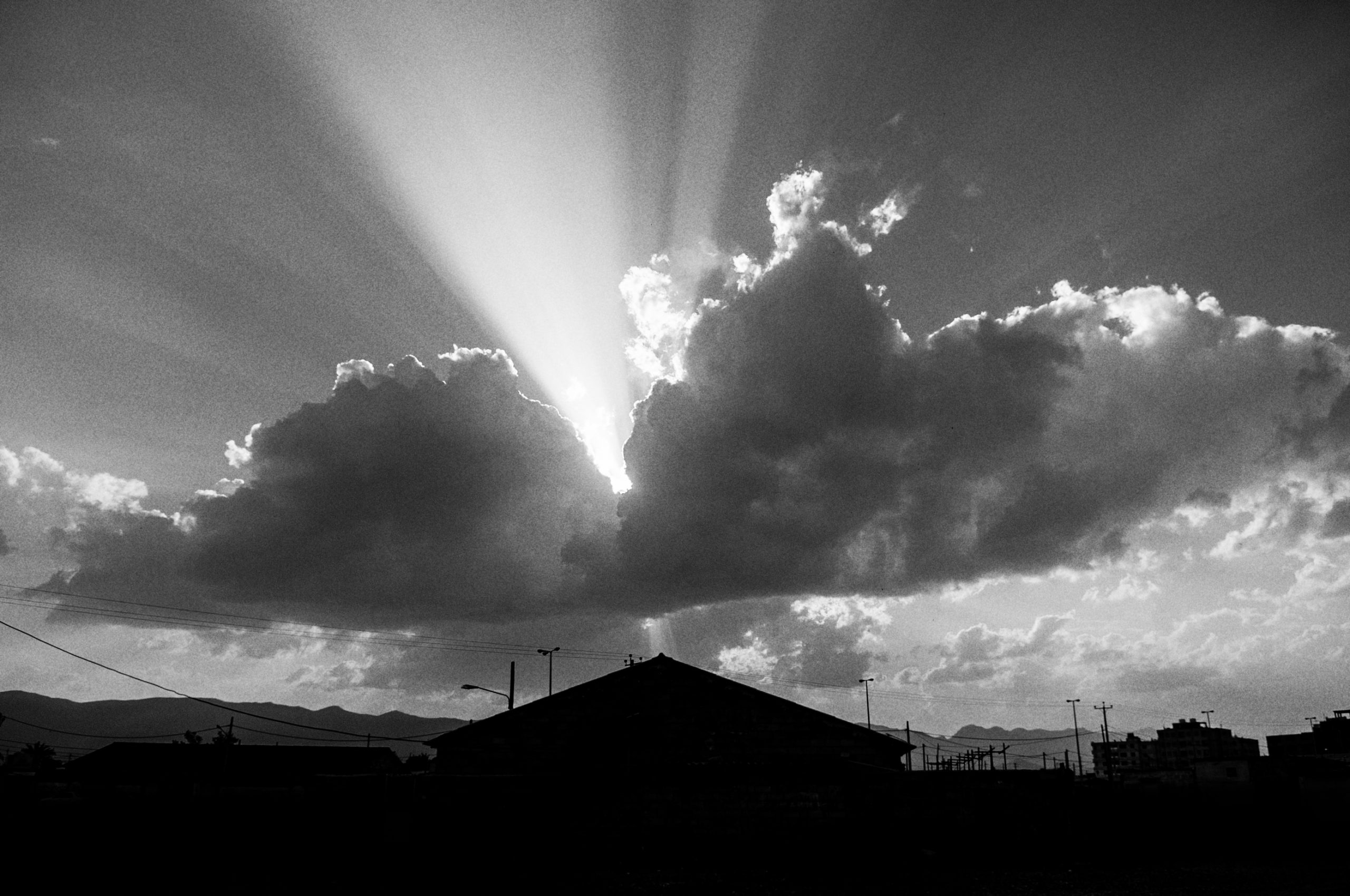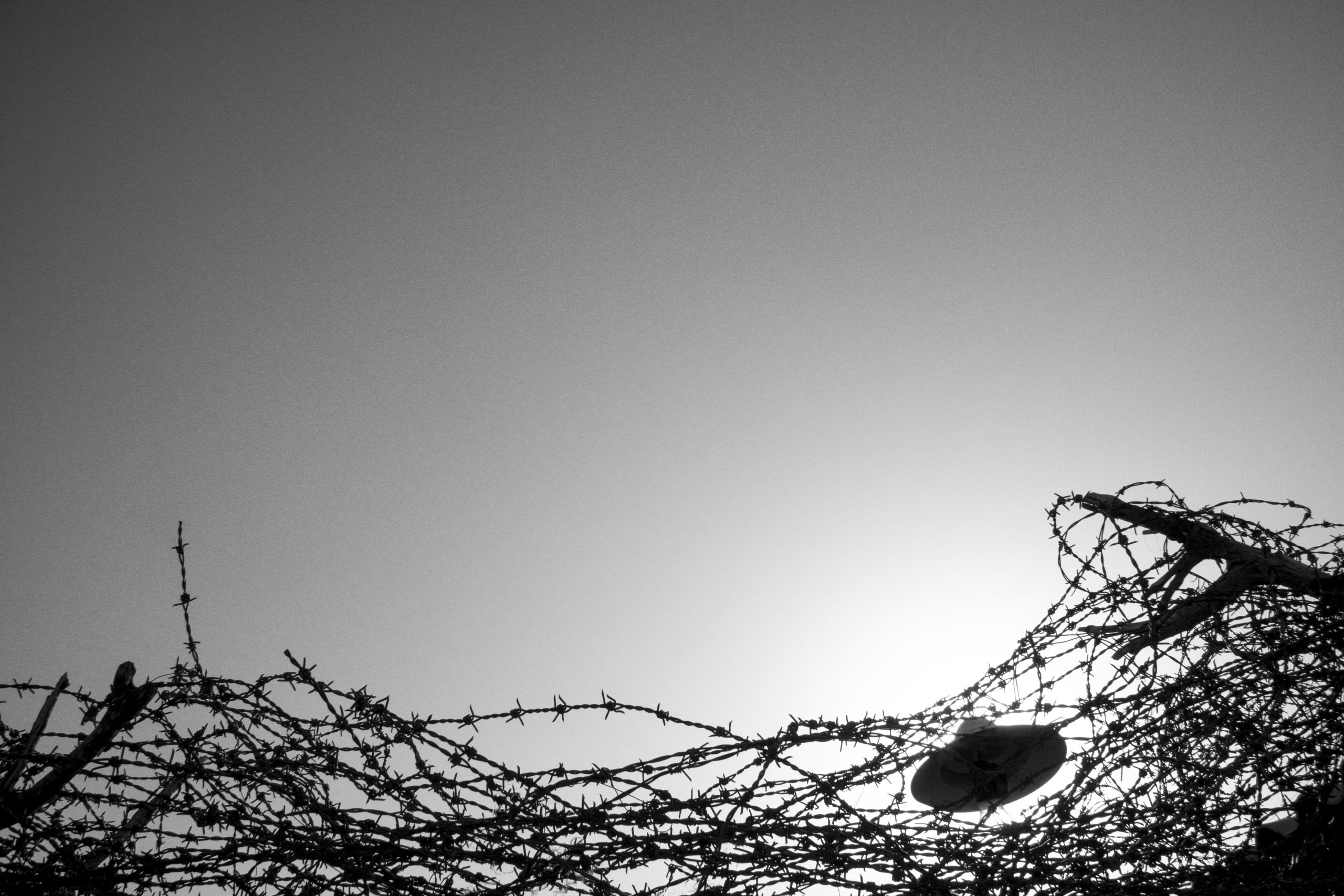
On September 22, 1980, Iraq began its military attack on Iran. After 3 months of war, the Iranian government signaled to people living in the south and west of the country, whose cities had been directly attacked, to migrate to the more peaceful and central cities of the country.
In 1981, after the announcement of Resolution 598, which was made through the United Nations, the war ended, and some immigrants returned to their homelands, while others who had lost their homes during the war chose to stay and live permanently in refugee camps. At Rajaee-refugee camp although two-thirds of the immigrants returned to their homeland, about 2,000 people still live there.
Now, years after the end of the war, their share of peace is only this camp. However, despite locating in a popular spot in the city (due to the expansion and development of the city) the municipal authorities refuse to hand over and register the documents of these houses in the name of their residents. Additionally, they are prevented from accessing services such as oil and city gas, leaving them with no choice but to leave the camp.
The current situation sheds light on the lives of these displaced people for whom home has been something temporary and unknown for years. The war took away their homes and their past. Now, once again, under the pressure of the government, they are on the verge of being displaced, searching for a future that they will find difficult to attain in a society that has moved towards a kind of neoliberalism.
They appear like wandering ghosts, reminders of the bitter era of war and destruction. The society is also in agreement with the government and wants to reject and erase these unnecessary ghosts, as they have no place in the division of work and social life of the city. As a result of this two-way rejection by the government and society, their only remaining way to make a living is by selling drugs and collecting resources among the garbage.

